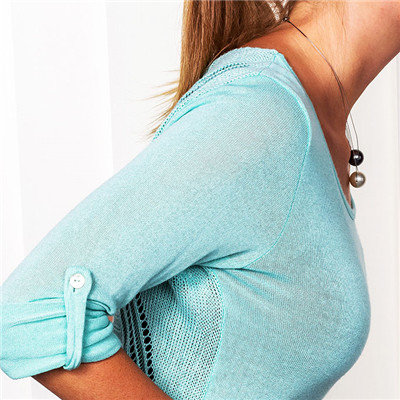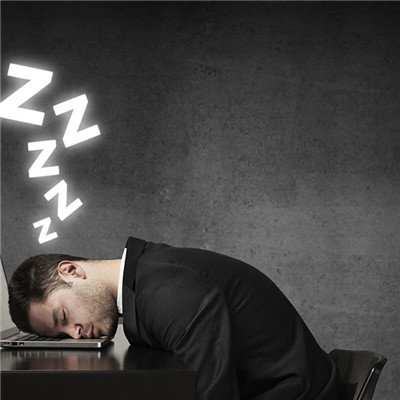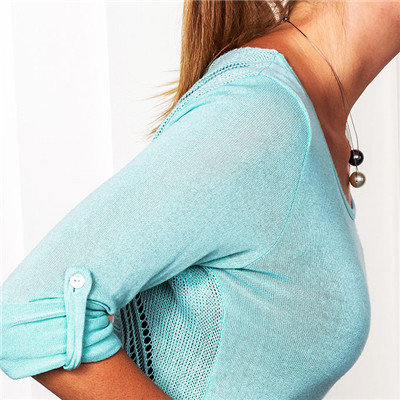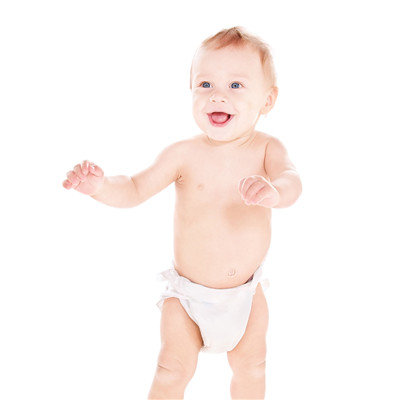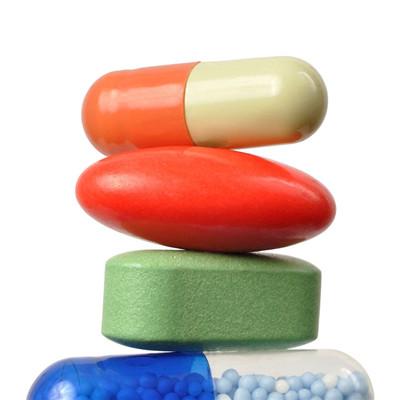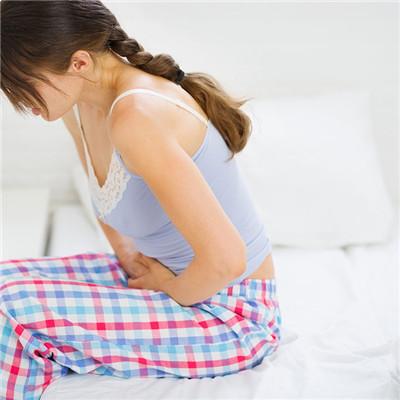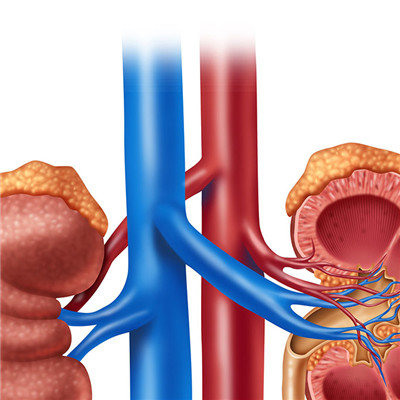How did turbinate be excised to do?
summary
There are upper turbinate, middle turbinate and lower turbinate in nasal cavity. But when our nasal cavity is stimulated by inflammation, dust, external collision and other factors, our turbinate will appear congested, swollen, or even erosive, bleeding, blocking the nasal cavity, affecting the normal ventilation function of the human body, thus causing a series of systemic diseases. Therefore, most patients with severe hypertrophic rhinitis will choose turbinectomy. So, after the turbinate is removed, how should we care for it? Let's share my experience with you.
How did turbinate be excised to do?
Although the operation of the nose is only a small operation, but the structure of the nose is more complex, and the operation of the nose is also a fine work. Therefore, we must choose a professional and authoritative doctor before the operation, and then perform the operation after it is necessary. In order to avoid regret.

After the turbinate is removed, the nasal cavity is filled. Therefore, we must not take out the yarn by ourselves when we feel uncomfortable. Be alert to the risk of massive bleeding. Of course, the current minimally invasive surgery of turbinate ablation is almost no bleeding, but it still needs to be treated with caution.

Concha resection is a local operation, but we can not cut out of gravity, easy to cause nasal bleeding. Try to avoid blowing your nose and sneezing. It is also not advisable to dig and rub the nose. The time of nasal packing after turbinectomy is generally within one week, so do not ask your tube bed doctor to take out the gauze for convenience. Long term packing can lead to infection and is not conducive to wound healing.

matters needing attention
The removal of the turbinate does not mean that our nasal problems are completely solved. We should strengthen the body's resistance and avoid catching a cold and causing rhinitis. We should also communicate more with doctors and friends to understand our actual situation, so as to make the corresponding prevention work, avoid recurrence and secondary surgery.

